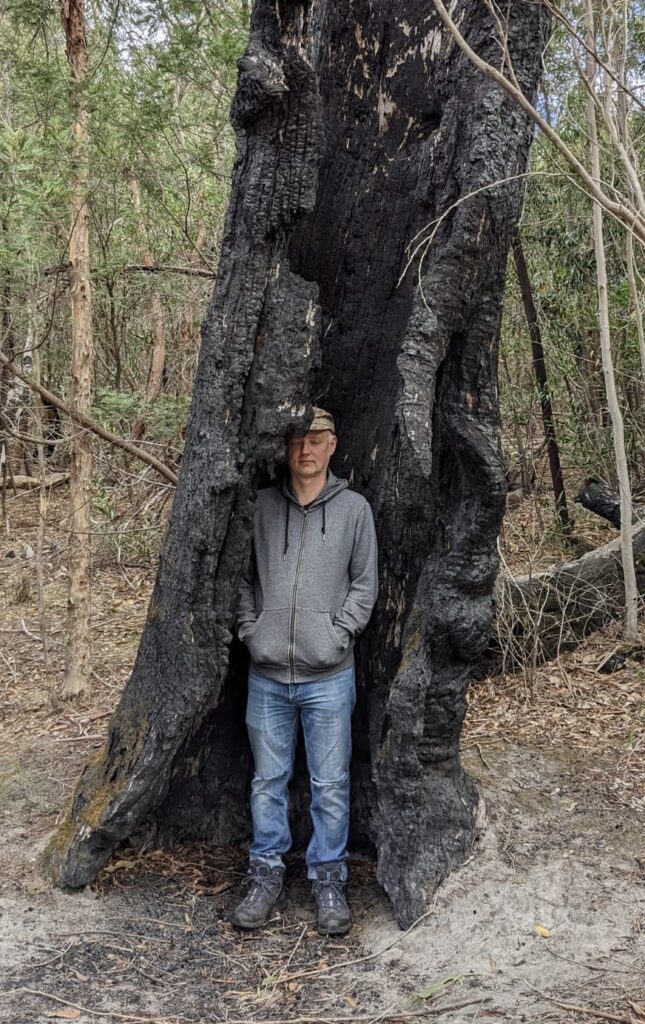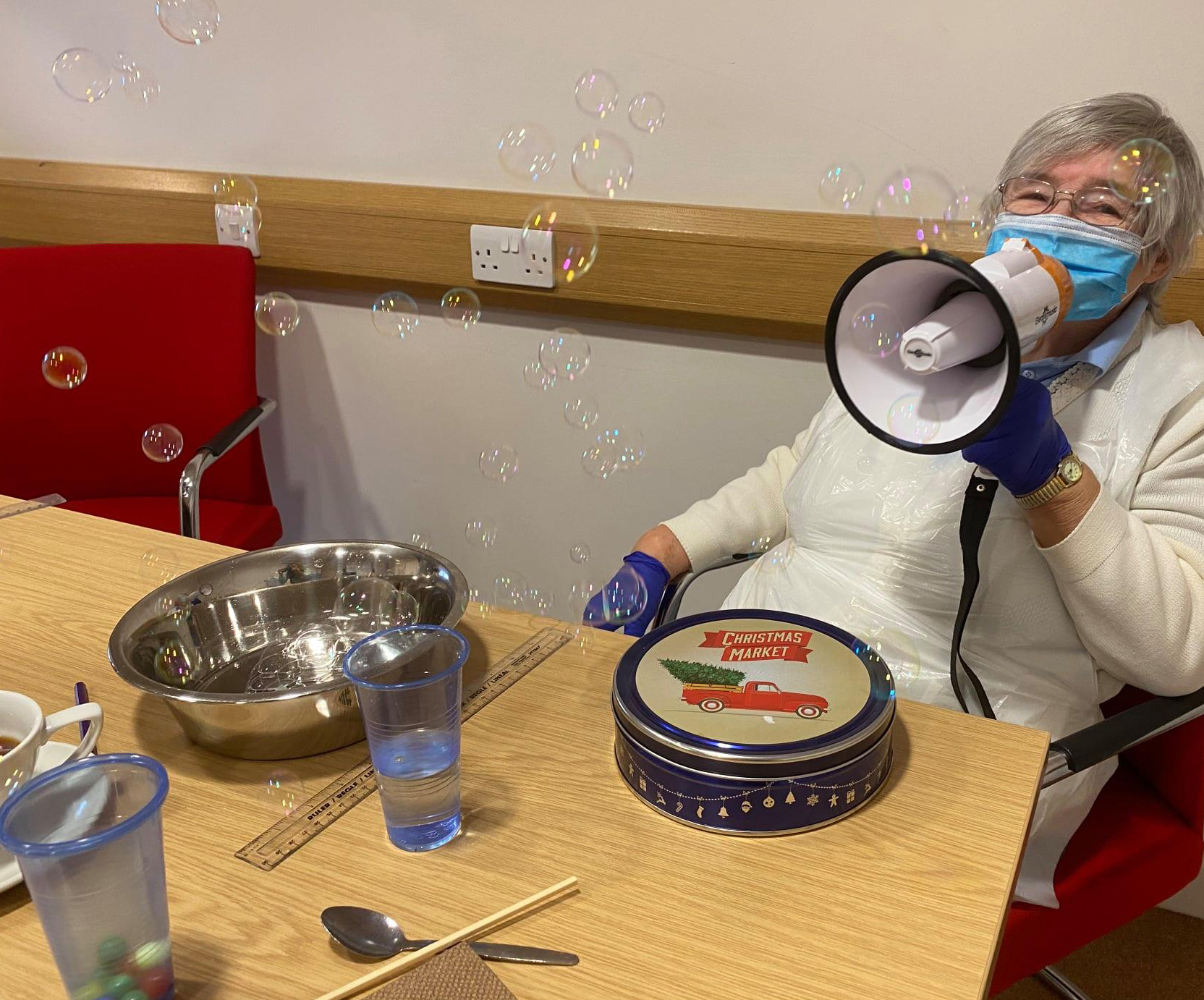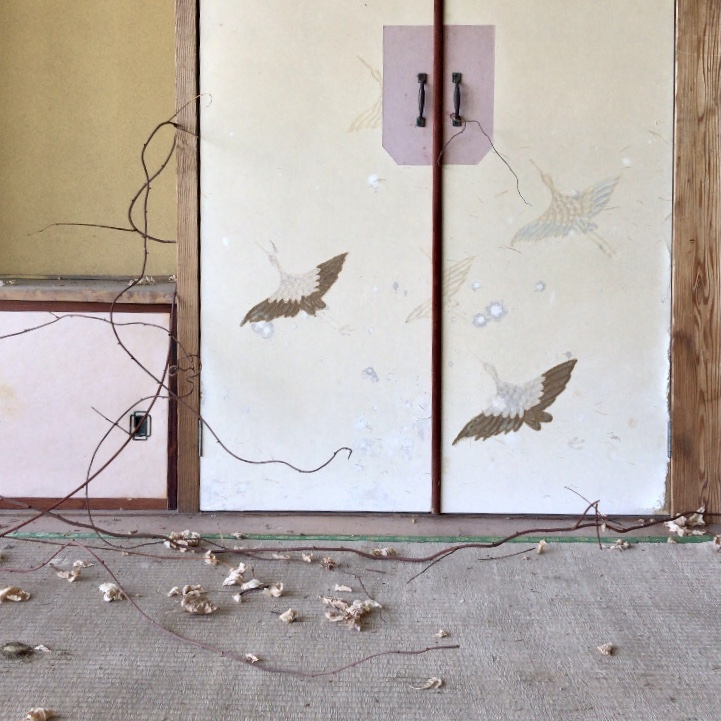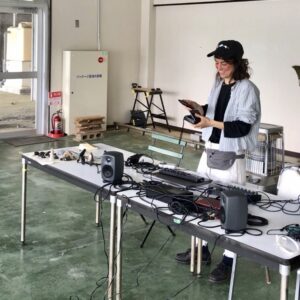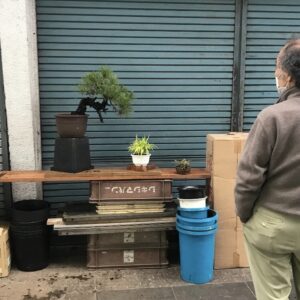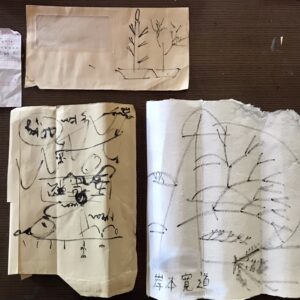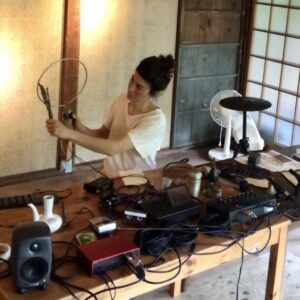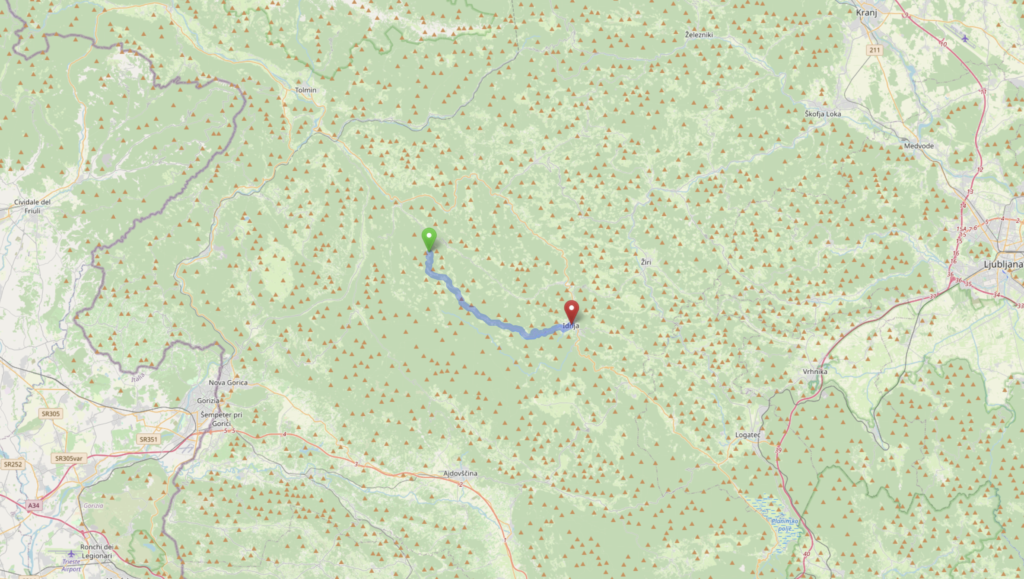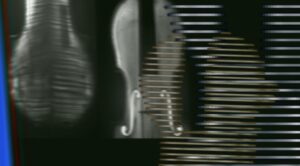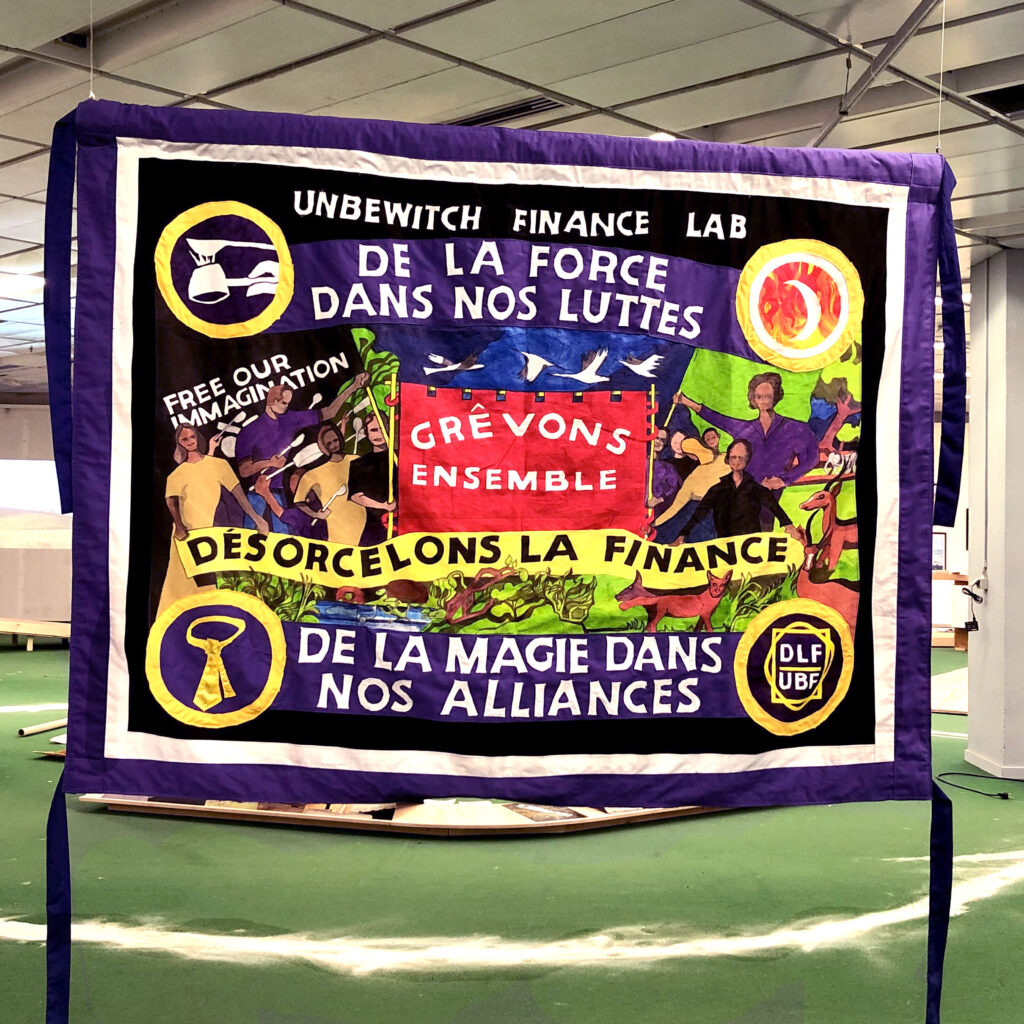
1000 Likes
This is a special collaborative show to mark Radia’s 1000th week of broadcasting. It features contributions from 14 member stations and affiliates of the network, which between them collected the voices of 122 participants.
The remit was simple: Ask several people to speak a list of 10 things they like, and compile their voices into a short composition. The result is a heartwarming and amusing gathering of over 1000 genuine likes, which stand in proud relief to the hollowed out kind we have have become accustomed to on social media. Participants were surprised to be asked what turns out to be a very good question.
Concept and realisation: Sarah Washington
Contributors (in order of appearance):
Rádio Zero
Recorded by Ricardo Reis, produced by Sarah Washington
Voices: Rute, André, Miguel, Ricardo
JET FM
Sounds produced by XM TRAN
∏node
Produced by DinahBird
Voices: Jean-Philipe Renoult, KRN, Valérie Vivancos, Claire Serres, DinahBird, Nicolas Montgermont, Julbel, David Christoffel
ORANGE 94.0
Produced by Karl Schönswetter
Voices: Barbara Huber, Milada Huber, Nikola Huber, Barbara Kaiser, Stefan Nussbaumer, Lale Rodgarkia-Dara, Karl Schönswetter
Radio Campus Paris
Produced by Philipp Fischer
Voices: Gregoire, Heloise, Jean, Julia, Kelian, Lucas, Maeliss, Philipp
Soundart Radio
Produced by Lucinda Guy
Voices: Alex, Alice, Anne, Audrey, Cathy, Chris B, Chris S, Edie, Lucinda, Rick
USMARADIO
Produced by Angela Herres, mixed by Alessandro Renzi
Voices: Angela Herres, Anna Herres, Annalisa De Palma, Federica Orrù, Mirella Podda, Greca Vargiu, Pietro Podda, Raimund Herres, Clara Herres, Maria Herres, Samuele Ferraro, Erica Podda, Colette Podda
Radio Helsinki
Produced by Reni Hofmüller
Voices: Andreas Unterweger, Barbara Edlinger, Jogi Hofmüller, Karli Braun, Margo Sarkisova, Max Höfler, Natascha Gangl, Nika Pfeifer, Reni Hofmüller, Thomas Antonic, Valentina Vuksic
diffusion
Produced by Jon Panther
Voices: Hethre Contant, Jon Panther, Peter Blamey, Richard Kennedy, Stephen Allkins
Kanal 103
Produced by Gjorgji Janevski, post production Todor Karakolev
Voices: Ena Mitrevska, Jovan Gakovski, Stefan Petrovski, Joana Risteska, Blagica Jovceska, Ivo Nikolovski, Marija Janevska, Stefan Alijevikj, Jana Delovska, Damjan Ilikj, Eva Stojanovska, Ivo Veikj, Ena Mitrevska, Gjorgji Janevski
Wave Farm Radio
Produced by Meredith Kooi
Voices: Jillian McDonald, Julia Drouhin, Khonsu X, Tom Miller, Matthew Ostrowski, Mike Bullock, Desiree Mwalimu-Banks, Oluwafemi
*Duuu Radio
Recorded by Sampson Staples & Sarah Banville, produced by Sampson Staples
Voices: 5 passersby in Parc de la Villette, Sampson Staples, Paul Castillon, Sarah Banville
Mobile Radio
Produced by Sarah Washington
Voices: Sandra, Edka, Emma, AGEE, CC, Élodie, Felix, Givan, Jasmina, JD, Leandro, Natalie, Necef, Renata, Stefan, Sarah, XTO, Xuan, Knut
radioart106
Produced by Meira Asher
Voices: Claudia Wegener, Laila Abd el-Razaq, Hannah White, Stephen Shiell, Paul Kendall, Meira Asher


